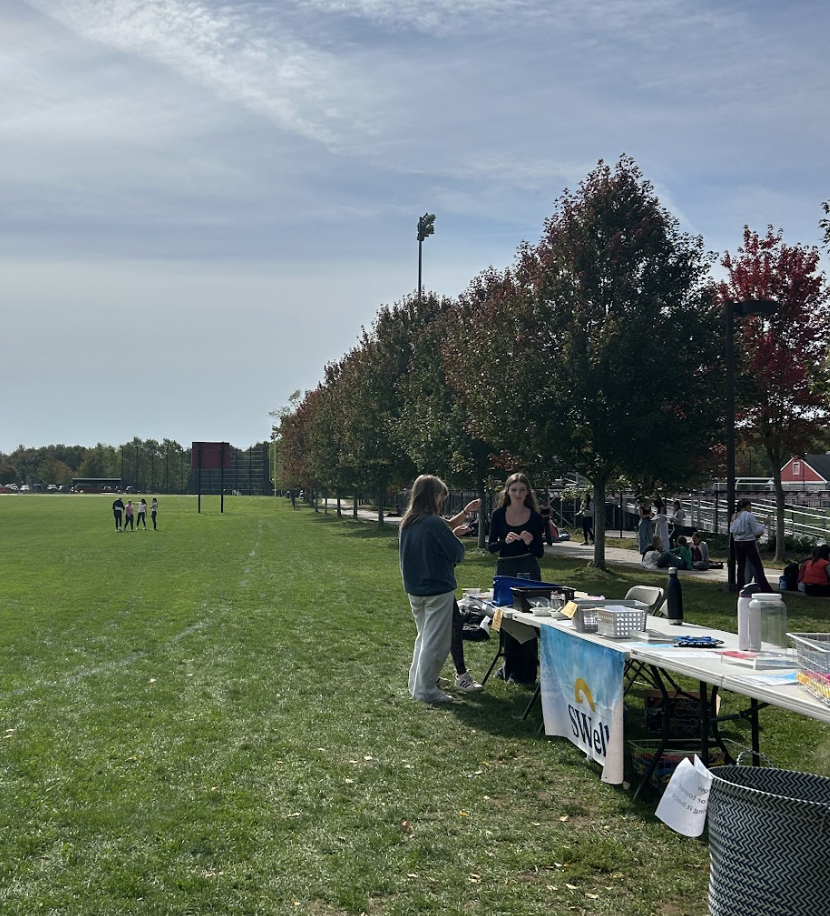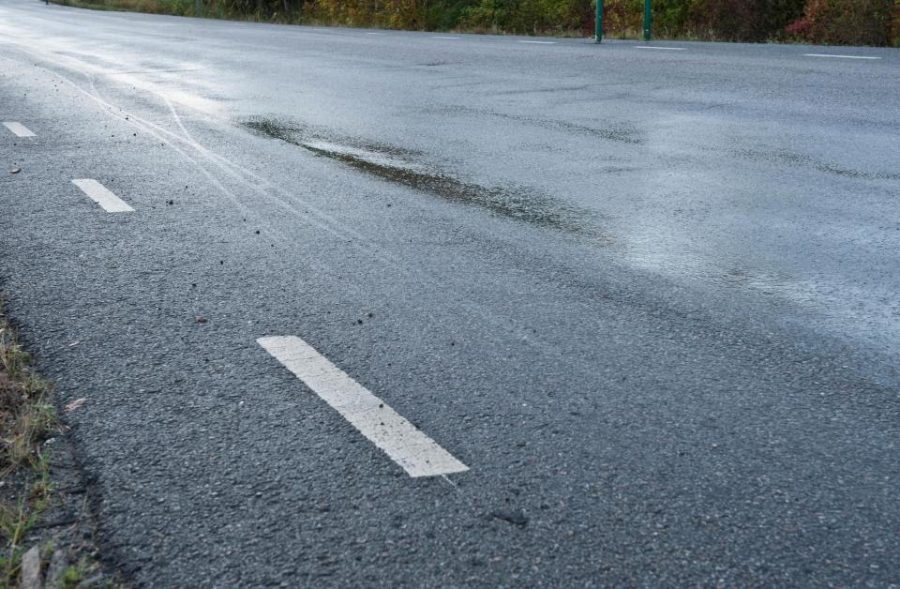Driving in the Winter: Students vs. Ice
December 17, 2017
As winter begins, high schoolers, many of whom are new drivers, prepare to face icy, snowy, and other dangerous road conditions. Most students have limited to no experience driving in the snow and, further, do not know what to do when driving in winter conditions.
Junior Sophia Franklin offered an example of this, remarking, “Nobody knows you’re supposed to drive in low gear [in the snow].” In response, junior Shawn Collins validated Franklin’s claim, letting out a confused “Wait, what?”
All minors are required to take a driver’s education course, which covers driving in icy conditions. However, many students take the course as early as nine months before they are eligible for a driver’s license; therefore, they lose much of this important knowledge.
During winter, many teen drivers find themselves driving in unfavorable conditions, and without the proper understanding of what to do, the situation becomes stressful. Collins recalled a recent occurrence, describing, “I skidded on some ice, and I thought I was going to hit the curb. I didn’t know what to do.”
However, most adults are more than willing to help teach teens how to handle winter roads.
In physics class, for example, a class problem began with a car skidding on an icy road. After solving the problem, one girl in the class hesitantly asked Mr. Forrester, a Hingham High physics teacher, what one should do in that situation. A quick glance around the classroom revealed that others were thinking the same thing. Mr. Forrester happily explained that one should always steer into the direction of the skid (and then explained why in terms of physics).
While everyone should know to steer into a skid, there are also many techniques to know in order to try and avoid skidding entirely. AAA recommends that drivers always make sure their tires are fully inflated and carry an emergency kit with blankets, reflectors, food, water, and some sort of flashlight or lantern.
They also advise drivers to accelerate and decelerate slowly, and not make any sudden stops. This especially applies to teen drivers, who may not always drive completely smoothly. Most importantly, AAA urges all drivers to drive extra cautiously, to keep themselves and all others on the road safe.
Winter, especially in New England, is dangerous time for driving. Drivers, make sure to be prepared in order to stay safe!

































